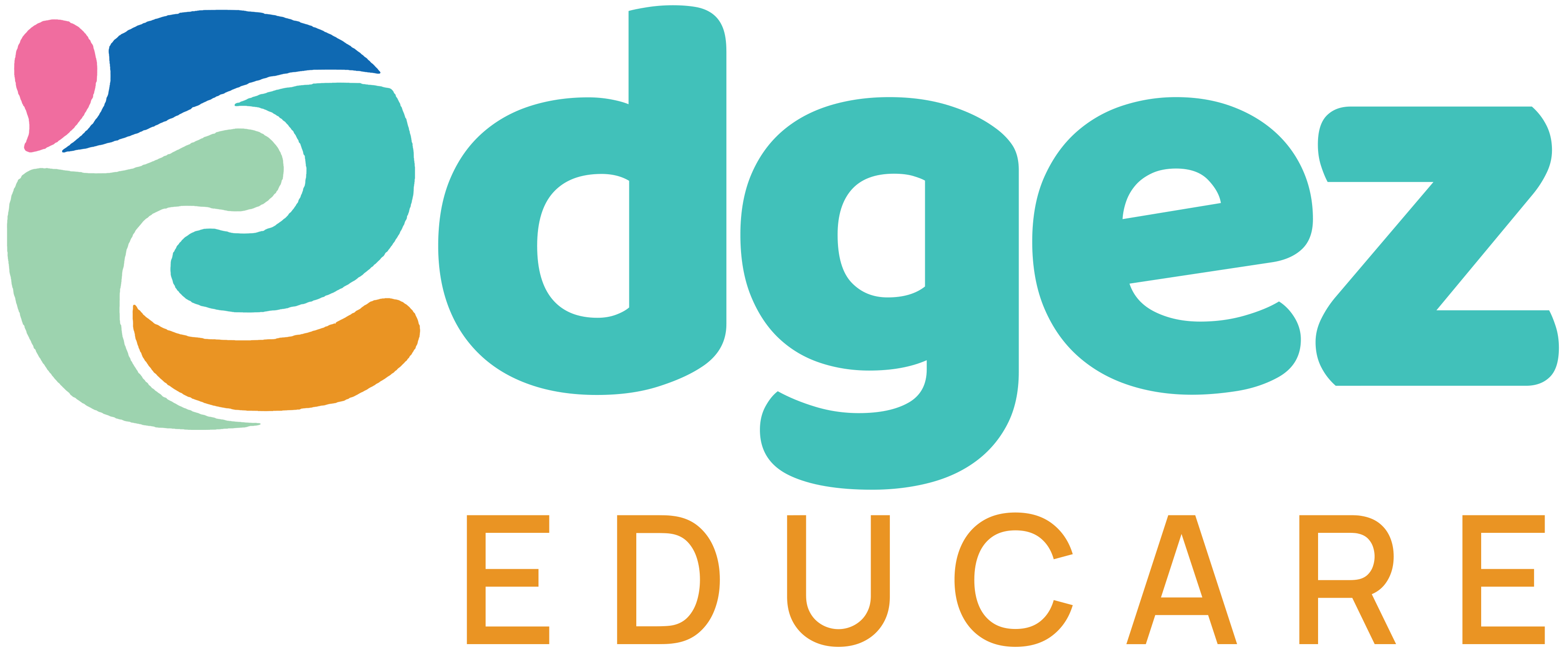Rise of the Facilitator: Teaching in the Age of New Possibilities
- Dr. Pinaze S Mitra
- Mar 6
- 4 min read

By 2035, education will stand at the crossroads of technology and humanity, reshaped by artificial intelligence (AI), artificial general intelligence (AGI), and the unique perspectives of younger generations. At the forefront of this transformation are Generation Alpha (born 2010–2025) and Generation Beta (born post-2025), who are not only technologically adept but also possess an early awareness of their own capabilities. This self-understanding is altering their temperament, behavior, expectations, and learning patterns within the classroom, while influencing how they use tools and envision a radically different future for themselves and humanity. In response, the role of the teacher is evolving into that of a facilitator—a guide in a new educational paradigm where technology amplifies human potential, and schools become hubs of innovation and self-discovery.
The Technological Tide Reshaping Education
The integration of AI and AGI into education is no longer a distant prospect—it’s happening now. By 2035, classrooms will be dynamic ecosystems where AI-driven tools like adaptive learning platforms and real-time assessments personalize education, tailoring it to each student’s strengths and needs. Administrative tasks such as grading and lesson planning will be automated, freeing teachers to focus on mentoring and inspiring students. This shift is already evident in schools experimenting with AI, where retention rates have improved by up to 30% due to personalized learning approaches.
Yet, this technological revolution brings challenges. Equity in access to AI tools remains a concern, with disparities potentially widening if not addressed. Teachers, too, must adapt, learning to wield these technologies effectively while navigating ethical questions about privacy and AI misuse. Despite these hurdles, the potential is immense: AI can democratize education, offering tailored learning experiences to students in underserved regions and reducing the burden on educators.
Gen Alpha and Gen Beta: A New Breed of Learners
Generation Alpha and Generation Beta are unlike any cohorts before them. Growing up surrounded by smartphones, AI, and instant connectivity, they are digital natives—but their distinction goes deeper. From a young age, they recognize their ability to leverage technology for creation, problem-solving, and self-expression. This awareness shapes their temperament, making them more confident, independent, and expectant of agency in their learning. Their behavior reflects this shift: they question traditional methods, seek relevance in their education, and gravitate toward collaboration and interactivity.
Their expectations are equally transformative. Accustomed to instant access to information, they demand personalized, engaging learning experiences that align with their interests and goals. In the classroom, this translates to new learning patterns—less reliance on rote memorization and more emphasis on exploration, critical thinking, and hands-on application. They use tools differently, too, seamlessly integrating AI, virtual platforms, and creative software into their workflows, often outpacing their teachers in technological fluency.
Perhaps most strikingly, Gen Alpha and Gen Beta envision a future where technology and humanity intertwine. They see themselves as architects of this world, tackling global challenges like climate change and inequality with a blend of innovation and empathy. This forward-thinking mindset is pushing education to evolve, demanding a system that prepares them not just for jobs but for a life of impact and adaptability.
The Facilitator: Guiding the Future
In this rapidly changing landscape, the traditional image of the teacher as a lecturer is fading. Enter the facilitator—a role that embraces technology as a partner and focuses on guiding students through their unique learning journeys. Facilitators don’t merely deliver content; they curate experiences, helping students navigate a flood of information while fostering the skills AI cannot replicate: creativity, emotional intelligence, ethical reasoning, and collaboration.
This evolution requires new competencies:
Technological Mastery: Facilitators must be proficient in AI tools, using them to craft personalized lessons and interpret data-driven insights about student progress.
Human-Centric Focus: With AI handling routine tasks, facilitators emphasize the "soft skills" that define humanity—empathy, resilience, and imagination.
Mentorship: They build deeper connections with students, acting as coaches who inspire curiosity and self-reflection.
Ethical Stewardship: Facilitators teach students to use technology responsibly, addressing issues like bias and privacy in an AI-driven world.
Real-world examples are emerging. In classrooms where AI is integrated, teachers assign projects requiring critical analysis or creative problem-solving—tasks that demand personal engagement beyond what AI can mimic. This shift ensures that technology enhances, rather than replaces, the human elements of education.
Opportunities and Obstacles
The rise of the facilitator offers exciting possibilities. AI can lighten teachers’ workloads, allowing more time for meaningful student interaction. It can also level the playing field, bringing high-quality education to remote or underfunded areas through virtual tutors and resources. However, challenges loom large. Teachers need ongoing training to keep pace with technological advancements, yet many are already stretched thin—65% of educators in some regions report considering leaving the profession due to stress. Equity remains a hurdle, too; without widespread access to AI tools, the digital divide could deepen.
To overcome these obstacles, schools must prioritize:
Professional Development: Regular, accessible training on AI and its classroom applications.
Infrastructure Investment: Ensuring all students and teachers have the tools they need, from devices to reliable internet.
Collaborative Policies: Engaging educators, students, and communities in shaping how AI is used in education.
A Vision for Tomorrow
By 2035, the classroom will be a space where Gen Alpha and Gen Beta thrive—confident in their abilities, fluent in technology, and eager to shape the future. Facilitators will stand beside them, not as gatekeepers of knowledge but as partners in exploration. Education will become more personalized, equitable, and human-centered, preparing students for a world where innovation knows no bounds.
The rise of the facilitator is more than a response to technological change—it’s a reimagining of what education can be. As we embrace this shift, we empower a generation to not only adapt to the future but to define it, blending the best of technology with the enduring power of human connection.

Comments